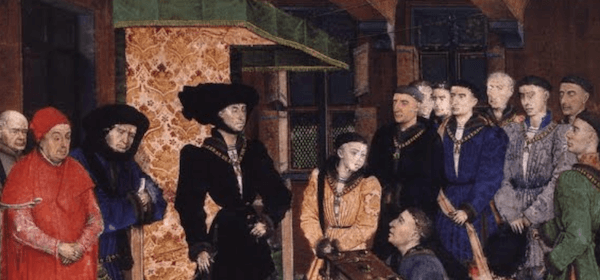Renaissance refers to the time or era following the Middle Ages in Europe wherein there is a great revival of interest in classical learning, behavior, and values of ancient Rome and Greece.
During this period, there was a development of new technologies such as the printing press, exploration of new continents, uprising of great works by excellent artists, and a new system in astronomy.
On top of these, there was also a blossoming of literature, philosophy, and more apparently, arts and design – all of these amidst the political stability, increasing prosperity, and economic improvements.
Needless to say, the great works and contributions by notable names during the Renaissance era have great influences on modern-day arts and design. To this day, their works remain to be relevant; and their techniques, style, theme, and basic elements are still being used as references despite the emergence of new technology and more current trends. Here are two major fields that had been greatly influenced by the Renaissance period.
Arts
Most of the artworks and paintings from the Renaissance era focus on what people are doing during that time. Such characteristic is referred to as “humanism” because the subjects of the artworks are mostly humans.
Examples of these are the works of world-renowned and famous historical artists Leonardo da Vinci, Raphael, and Michaelangelo who all dominated the era of the High Renaissance.
Leonardo da Vinci is named as the ultimate “Renaissance man” for the intensity of his intellect and talent and his interpretation of classical and humanist values. Two of his masterpieces are the Mona Lisa and the Last Supper.
To this date, modern-day artists still make use of human subjects to convey a message and as a form of expression. Most artists paint images of human faces to express politics and explore other sensitive social or political content.
The best artists and painters of the 20th century who made use of such concept are; Kazimir Malevich who is referred to as “The Supreme Artist”, Pablo Picasso known as the “The Father of Cubism”, Piet Mondrian or “The Abstract Painter”, Frida Kahlo who is known for “Painting Painful Reality” and Jackson Pollock of Abstract Expressionism.

Architecture and Design
Renaissance architecture is characterized by symmetry, proportion, regularity, and parallel design in the classical orders. Some of the most famous structures from this era that reflect this distinctive character are St. Peter’s Basilica, San Pietro in Montorio, Temple of Vesta, and Florence Cathedral (Basilica di Santa Maria del Fiore).
Even in this modern time, the use of columns, domes, arches, and symmetrical designs in architectural projects remains to be relevant. These classic elements are apparent in some famed landmarks and properties in Miami.
If you look closely at some hotels, it is quite easy to spot some elements whose reference can be traced way back to the Renaissance period such as the facade of Century Hotel in South Beach, Miami Beach which exudes symmetry and parallel design on its windows, main entrance, arch, and over-all contemporary concept.
Another example is Cavalier South Beach Hotel along Ocean Drive which features a handful of classic designs that resemble that from the Renaissance era.
The classic black and white pictures of humans that grace the walls and corners, colorful paintings of humans from back in time in every room, sculptured elements, Renaissance-inspired chairs along with the lobby, symmetrical wall design, and other classic details are all tied together by a traditional yet contemporary concept.
Other hotels that add subtle elements from the Renaissance period are Fontainebleau Miami Beach for its huge pillars and the regularity of its design concept; and Hotel Chelsea for its classic and vintage elements, clean lines, and uniform facade.